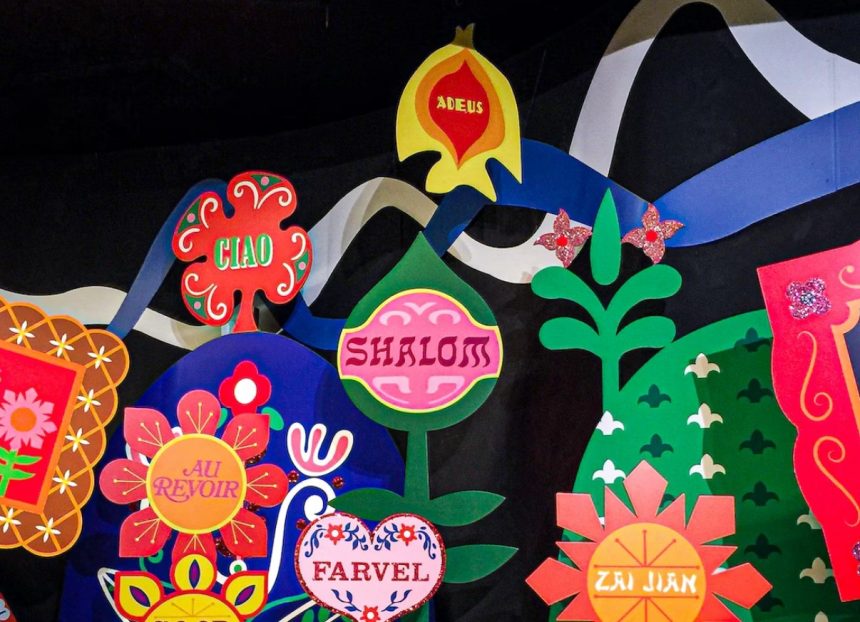The world is an incredibly diverse place. One of the greatest markers of this diversity is language. Language doesn’t just make it easy for people to communicate with each other—it also defines how a culture sees reality. A classic example is the Yupik language, spoken in Alaska and Canada, which has around 40 to 50 words that describe snow.
Few people know that the Sámi people of northern Scandinavia have a similar emphasis on snow. They use around 200 words to describe the exact state of the snow, which has been included in their language due to its close tie to their survival. Viewed in this way, language reflects a group’s longstanding traditions.
Clearly, language is an important part of our shared culture and is a valuable element of all human history—and it has been from the start of civilization. For example, the Tamil language of Southern India dates back five thousand years. Meanwhile, the Basque language of Northern Spain stretches back over two thousand.
But not all languages are so long-lived. As the world becomes more homogenized, people opt to speak international languages like English and Spanish over their own mother tongues. This has led to some languages disappearing or becoming highly endangered. Around the world, language initiatives are working hard to preserve our planet’s spoken culture. And not every group relies on books and transcripts to keep a language alive.
Using Video Games to Teach Language
Infusing language lessons into video games isn’t unique to language preservation. In fact, some video games have built out their own coded languages. Some are fully developed, like Final Fantasy’s Al Bhed language. Others, like The Sims, use a familiar form of gibberish. In fact, the origin of gibberish like ‘Lorem Ipsum’ stretches back millennia to ancient writers like Marcus Tullius.
Today, some video games are moving away from invented gibberish in order to help teach the next generation the basics of lesser-known languages. For example, Skábma: Snowfall was released in April 2022 in order to help preserve and educate gamers about the Sámi language (mentioned above).
The game follows the character Áilu as he seeks to become a shaman and help his village. The game is infused with Sámi myth and legend, which add depth and complexity to the storyline. Similarly, Never Alone (Kisima Ingitchuna) follows the story of Nuna, a young girl who must navigate a snowstorm.
The cinematic game highlights the history and culture of many Alaskan natives through the lens of the Iñupiaq language and culture, which covers Nuna’s journey with an Arctic fox at her side. The 2014 release became so popular that a 2015 sequel was released afterwards.

Short & Feature-Length Films in Any Mother Tongue
Along with video games, short and feature-length films are a great way to teach audiences a few new words—and these projects truly span the globe. Back in 2011, O Le Tulafale (The Orator) became the first Samoan film that was shot in Samoan language by a Samoan cast. It covers the story of one farmer’s journey to protect his livelihood.
Meanwhile, Mexico recently launched a government organization designed to empower minority languages. The nation is home to 364 unique dialects and 68 languages, which the Sesenta y Ocho Voces project is looking to preserve. The first 68 Voces project showcased short films narrated in Maya, Huasteco, Nahuatl, Totonaco, Mixteco, Zapoteco, and Yaqui languages. Most shorts are based on famous poems and short stories found in each language.
But not all projects look to highlight local culture. Instead, some jump into the world of pop culture. Back in 2013, Manuelito Wheeler of the Navajo Nation in the US devised a plan to get younger generations exposed to more Navajo: dub the biggest Star Wars release.
As one of the most expansive indigenous languages in the US still spoken, Navajo remains at the forefront of cultural and even legal proceedings in the Navajo Nation. Wheeler worked closely with his tribe, then contacted Lucas Films to release an official Navajo dub. Interestingly enough, native speakers had to devise words for sci-fi inventions, like R2-D2, which translates to ‘the short metal thing that’s alive’.














